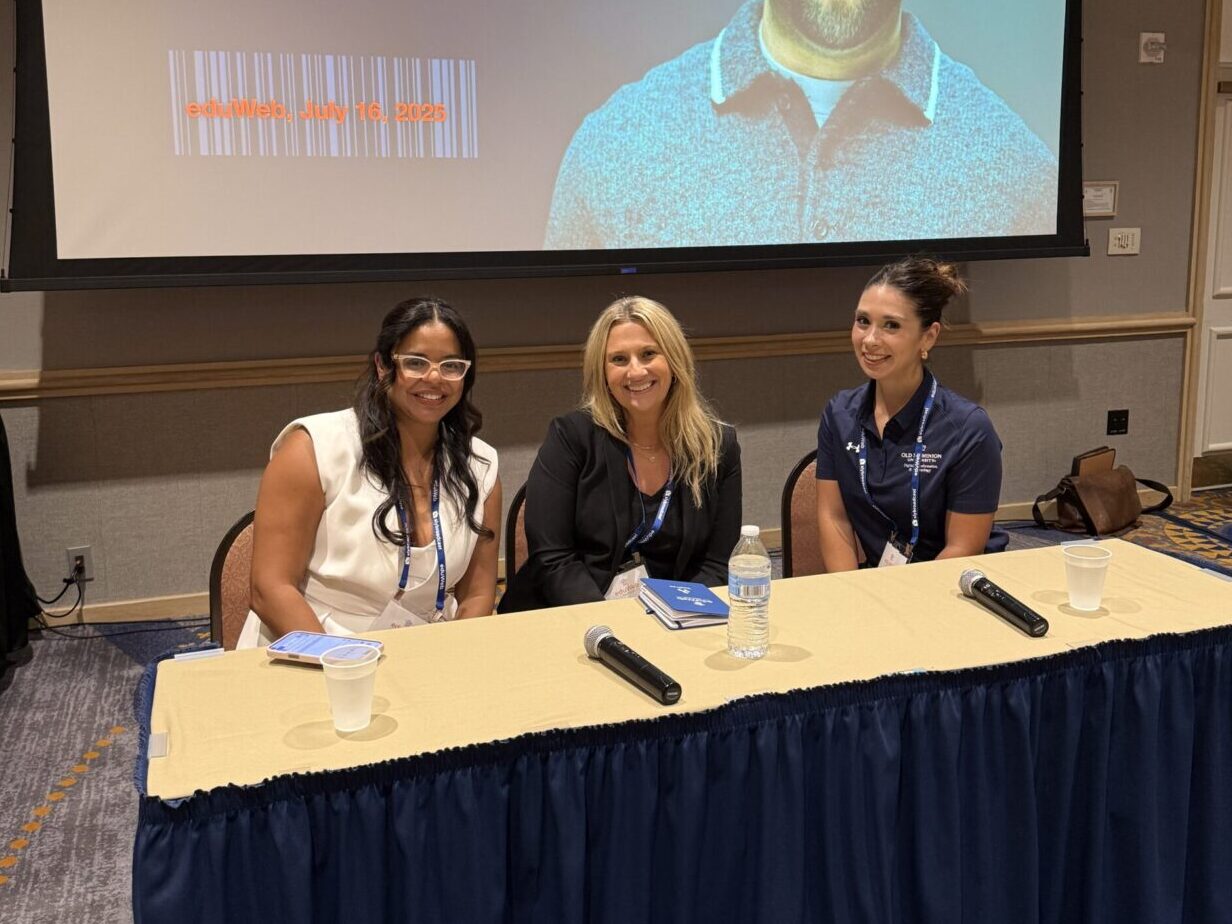Gene Begin, Managing Director, CP Education
Nearly all institutions, and definitely the ones I have worked at or worked with, are deeply committed to providing equitable access to higher education. While the recent Supreme Court decision on affirmative action will have major effects on many admission offices’ operational practices, higher education marketers need to double down on their efforts to promote their places of higher learning as an inclusive destination for diverse audiences and ensure more BIPOC prospective students enter the top of the admission funnel.
Honestly, all institutions should be undertaking these strategies already but this moment provides us all an opportunity to reassess how we are doing. Here are five actions that are essential to not only deepen your institutional commitment to recruiting diverse audiences, but will also help underrepresented students and students of color, and their families, see that your college/university is, and continuously aspires to be, an inclusive environment:
Showcase Real Representation
Representation matters. And not in a “three and a tree” kind of way where each student is of a different race and they are sitting under a tree on the campus quad working on laptops together. Authentic representation matters. This is a time to be realistic and authentic, not overly aspirational in a way that you are drastically misrepresenting your community and your resources. Show a range of cultural backgrounds, ethnicities, genders, and abilities but do not wholly misrepresent your community to set false expectations for matriculating students. If you have not conducted a recent content audit of your materials and stories, review those completed in your past fiscal year to ensure your representation is racially diverse, yet realistically representative. And do not only audit if students of color are represented, but how they are represented.
Partner With Current Students
Word-of-mouth marketing has been the most effective marketing tactic since the creation of humans so why not leverage the advocates that exist within your community? Social media is obviously a tremendous platform to amplify diverse voices and share stories of students from different backgrounds. Whether it’s Instagram, Snapchat or TikTok, encourage student takeovers that allow individuals to share their personal experiences and perspectives. This could certainly include individual students of color but also explore partnering with diverse student organizations on campus. Student organization collaborations showcase authenticity and representation to prospective audiences and provide insight into groups they may feel a connection to and hopefully intend to join.
Target Your Outreach More Intentionally
Public institutions in states such as California and Michigan have incorporated data such as zip codes, districts and other environmental data into their targeting to try and identify populations that tend to be more diverse. I imagine all institutions will further pursue this imperfect practice. Alternatively, there are a variety of community-based organizations (CBOs) and associations that focus on college access and represent diverse student audiences. You should be building relationships and collaborations with these organizations to promote your institution. Discussing and showcasing access and affordability even earlier in the college search journey will be more crucial than ever, especially considering the additional Supreme Court ruling on student loan forgiveness coming directly on the heels of the affirmative action decision. And whether it’s community events, community college partnerships, student conferences or college fairs, focus more attention on attending those prioritizing underrepresented groups. Advertise with those partners and in channels dedicated to engaging diverse communities. Developing new relationships and partnerships, early and often, will lead to more sustainable pathways for BIPOC audiences.
Shine a light on diversity initiatives and resources
Institutions have long supported inclusive environments but their commitment to diversity, equity, and inclusion has been amplified over the past few years. Most have developed DEI and Anti-Racism action plans in response to increased activism and more attention paid to institutional policies, processes, systems and community response. And don’t share these plans, goals and progress with only your community. Be sure they are available publicly. By showcasing initiatives, programs, student organizations, centers, events, resources and staff dedicated to DEI, you are providing a lens to prospective students and their families into seeing what support they can expect if coming to your institution.
Use Inclusive Language and Messaging
Ensure your marketing messages use inclusive language and resonate with diverse audiences. One example includes using inclusive and neutral emojis in digital communications, or using they/them language when you don’t know an individual’s gender. You want to avoid assumptions and stereotypes and instead focus on the unique strengths and experiences that different backgrounds, groups and perspectives bring to campus.
While the affirmative action ban has put restrictions on race-conscious admission policies, it will hopefully encourage ALL institutions to explore holistic marketing strategies to reach underrepresented audiences. While there are many institutions where the recent Supreme Court decision may not impact their admission process as much as others, there is still no better time than now to audit your marketing plans and reassess how you are reaching diverse audiences. It is a moment to be more critical of how you represent your community and aspire to be a model of inclusive marketing.
Learn more about Connelly Partners Education.



